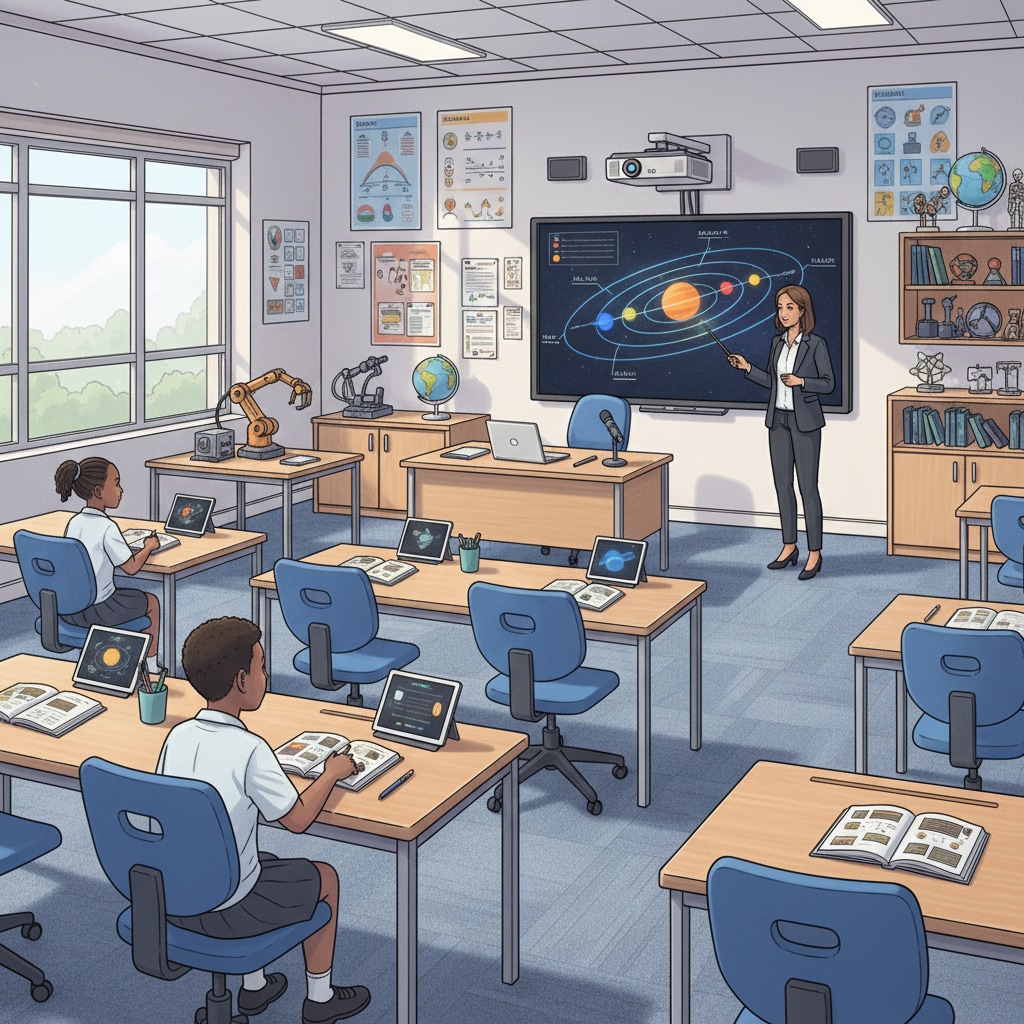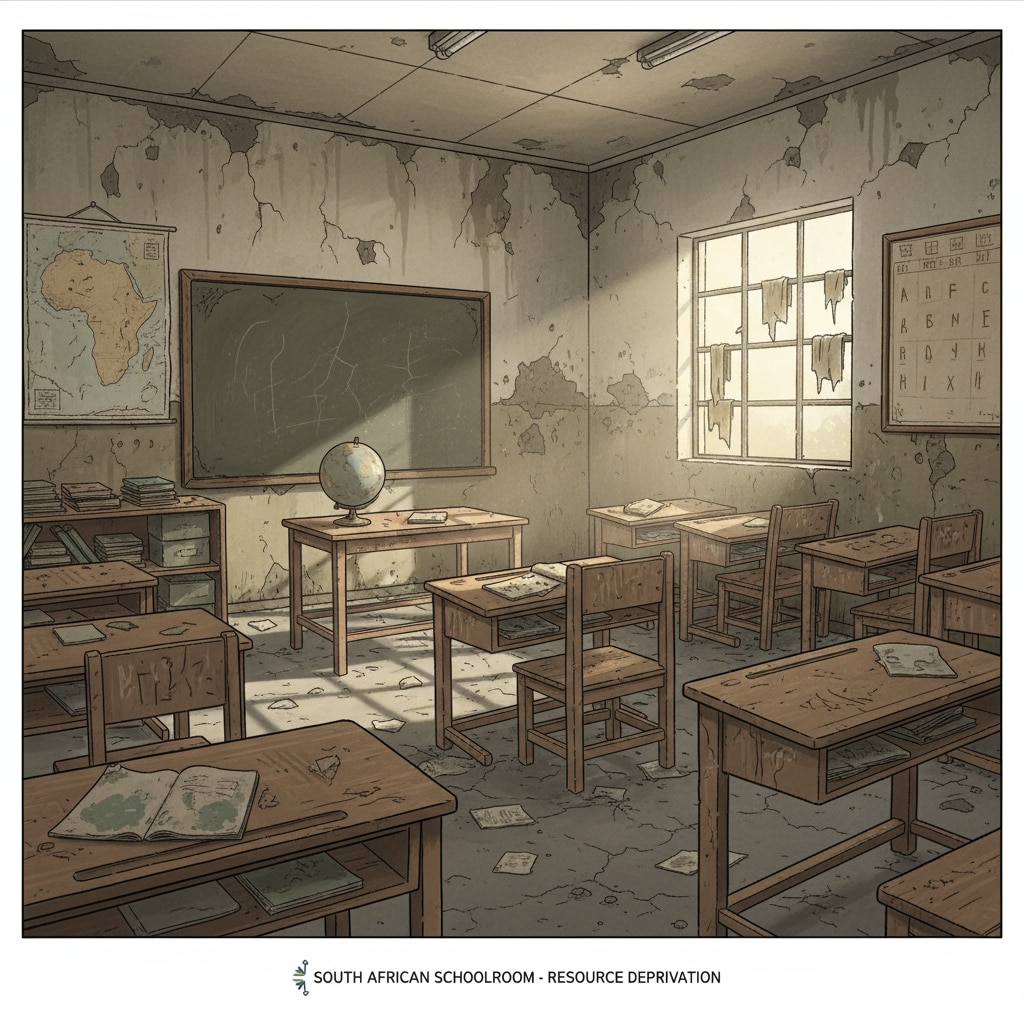Educational inequality, resource gap, and education reform are crucial issues plaguing South Africa’s education system. The divide between different schools in the country is stark, with significant implications for students’ educational opportunities and future prospects.

The Stark Resource Gap
The resource gap in South Africa’s education system is one of the most prominent aspects of educational inequality. Wealthy schools, often located in more affluent areas, have access to abundant resources. These include state – of – the – art facilities, well – stocked libraries, and up – to – date teaching materials. For example, they might have advanced science laboratories that allow students to conduct complex experiments. On the other hand, poor schools, mainly in disadvantaged communities, struggle with limited resources. Many lack basic amenities like proper classrooms, textbooks, and even clean water. According to Wikipedia’s page on Education in South Africa, this resource disparity is a major hurdle in providing equal educational opportunities.

The Impact on Students
This vast resource gap has a profound impact on students. Students in wealthy schools are better prepared for higher education and future careers. They have access to a wide range of extracurricular activities, such as music, sports, and debate clubs, which enhance their overall development. In contrast, students in poor schools face an uphill battle. They often lack the necessary support to reach their full potential. As a result, the achievement gap between the two groups of students continues to widen. This inequality not only affects individual students but also has long – term consequences for the country’s social and economic development.
The Role of Current Education Policies
Current education policies in South Africa have, to some extent, contributed to maintaining the status quo. Some policies seem to favor the privileged. For instance, the funding allocation system may not be adequately targeted at schools in need. While there have been efforts to improve the situation, these policies often face implementation challenges. There is a lack of proper monitoring and evaluation, which means that the intended benefits do not always reach the most disadvantaged schools and students. Britannica’s entry on education in South Africa also points out the complexity of policy – related issues in the country’s education system.
The Vision for Education Reform
To address educational inequality and the resource gap, comprehensive education reform is essential. Firstly, there needs to be a more equitable funding model. This could involve redirecting resources from wealthy schools to those in need. Secondly, teacher training and distribution should be improved. Ensuring that all schools, especially in poor areas, have well – trained and motivated teachers is crucial. Additionally, curriculum reform should be considered to make it more relevant and accessible to all students. By implementing these reforms, South Africa can move towards a more equitable education system, where every student has an equal chance to succeed.
Readability guidance: The article has used short paragraphs to clearly present different aspects of South Africa’s education issues. Lists have been avoided as the content is better presented in a narrative form. Passive语态 has been minimized, and transition words like ‘for example’, ‘on the other hand’, ‘in contrast’ have been used to enhance the flow of the article.


